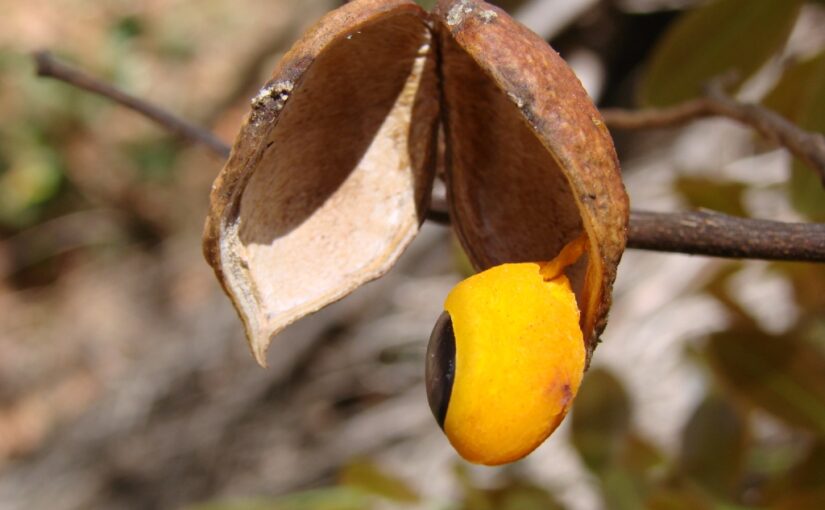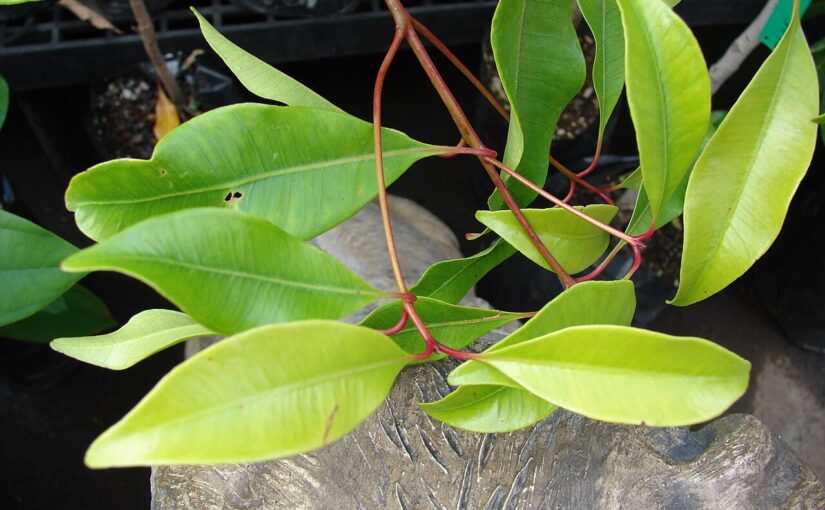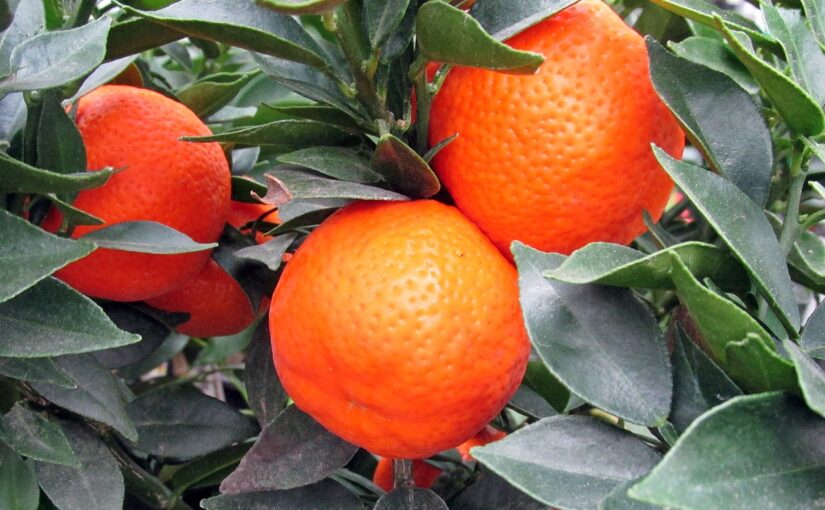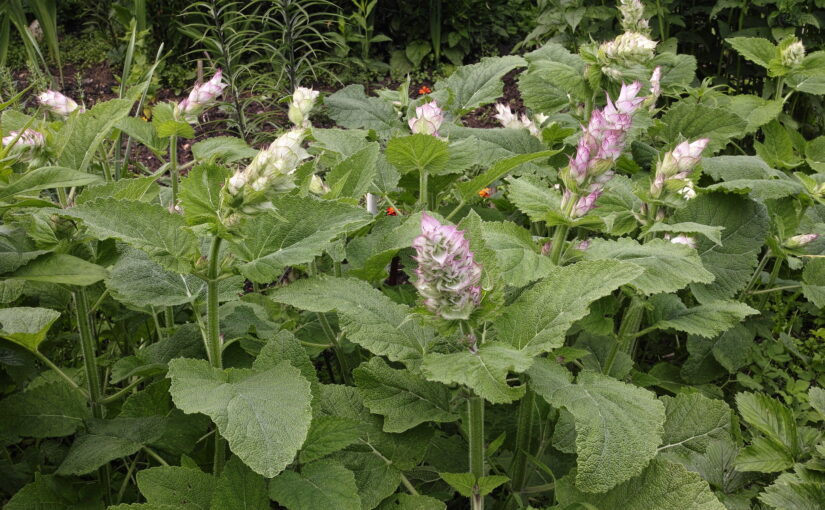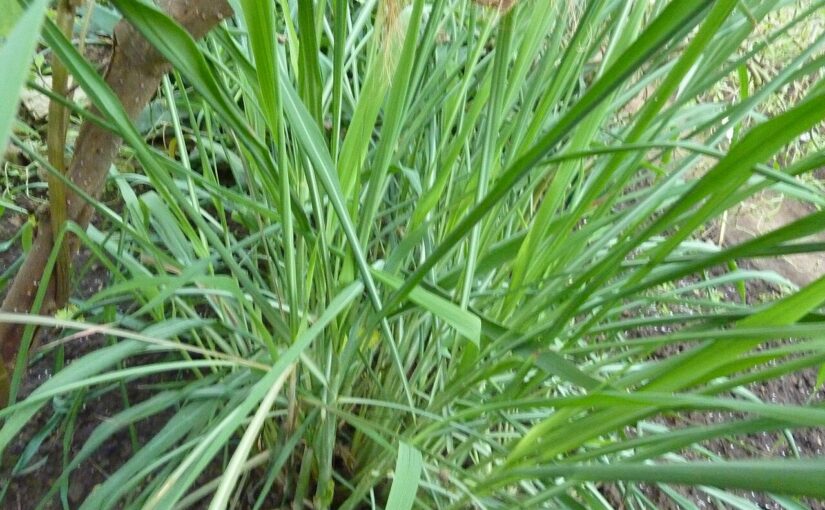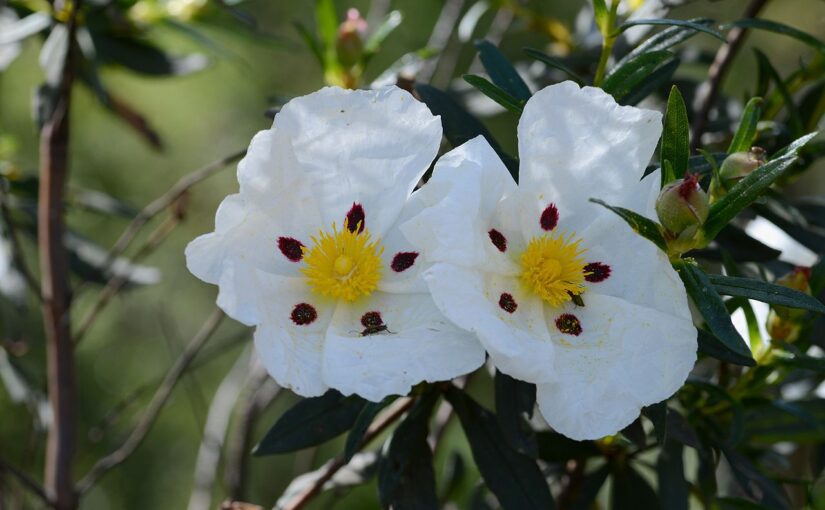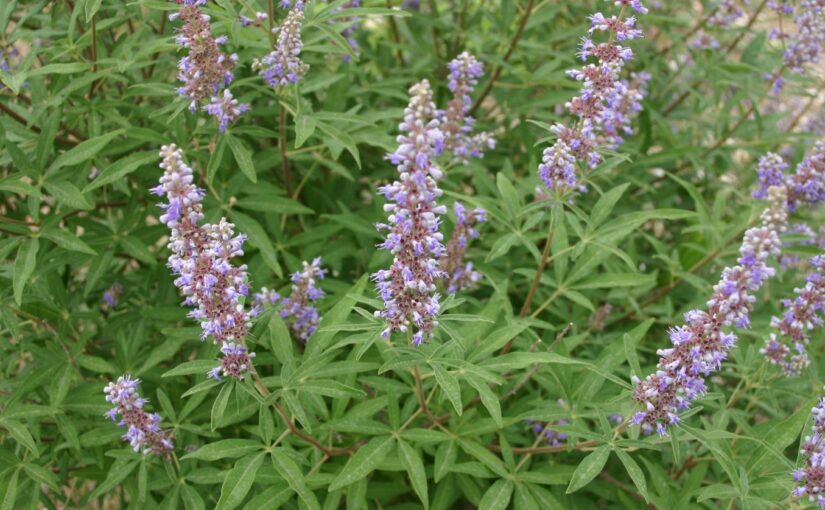Copal essential oil emerges from the resin of ancient trees in the Burseraceae family, with species such as Bursera copallifera, Protium paniculatum, and Daniellia olivera varying by region. Known commonly as copal, copal santo, black copal, or Mexican frankincense, this oil draws from the wild harvests of Central and South America. Mexico, Guatemala, and Brazil serve as primary sources, where mature trees in tropical forests and dry woodlands yield their precious resin. Traditional collection methods involve tapping the trees gently, followed by steam distillation to capture the essence. The aroma is light and fresh, resinous yet sweet, with balsamic, citrus, and woody layers. Some detect a subtle almond or marzipan hint, setting it apart from heavier resins. The oil appears clear to pale yellow, potentially deepening over time. Its chemistry is rich in sesquiterpenes and terpenoids, including alpha-pinene, beta-caryophyllene, and limonene, which underpin its healing potential.
Continue reading Copal Essential Oil: The Sacred Resin of ClarityCategory: Essential Oil Singles
Copaiba Essential Oil: The Amazon’s Healing Balsam
Copaiba essential oil emerges from the heart of the Amazon rainforest, harvested from Copaifera officinalis, a towering tree in the Fabaceae family. Commonly known as copaiba, balsam copaiba, or Jesuit’s balsam, this species thrives in the lush canopies of Brazil, where over ninety percent of the world’s supply originates. Peru and Colombia contribute smaller but vital portions. The oil is gently steam-distilled from the tree’s oleoresin, or copaiba balsam, which is collected through sustainable tapping of mature trunks, a method that preserves the forest’s vitality. The result is a clear to pale yellow liquid with a viscous texture. Its aroma is balsamic and earthy, laced with sensual resinous notes, a hint of honey-like sweetness, and subtle turpentine undertones. As a base note, copaiba anchors blends with depth and warmth. Key constituents include beta-caryophyllene (up to fifty percent), alpha-humulene, bergamotene, bisabolene, cadinene, and copaene.
Continue reading Copaiba Essential Oil: The Amazon’s Healing BalsamClove Bud Essential Oil: The Spicy Flame of Resilience
Clove bud essential oil is harvested from Syzygium aromaticum, a timeless tree in the Myrtaceae family. Its origins trace to the lush Moluccas Islands of Indonesia and the southern Philippines, where it grows as an evergreen. Today, cultivation spans Madagascar, Sri Lanka, Tanzania, Brazil, and India, with Madagascar and Indonesia leading in production. The oil emerges from steam distillation of dried flower buds, harvested at peak potency. Expect a warm, spicy, sweet, and woody aroma, laced with balsamic and phenolic undertones. This scent anchors it as a base note in blends. The oil starts colorless to pale yellow, gaining depth with age, and holds a medium viscosity. Eugenol dominates at seventy-five to ninety-seven percent, joined by beta-caryophyllene, eugenyl acetate, and traces of alpha-caryophyllene and methyleugenol.
Continue reading Clove Bud Essential Oil: The Spicy Flame of ResilienceClementine Essential Oil: The Joyful Citrus Remedy
Clementine essential oil bursts from the rind of Citrus clementina, a delightful hybrid in the Rutaceae family. This citrus gem emerged in 1902, thanks to the ingenuity of Brother Marie-Clement Rodier in an Algerian orphanage garden. A cross between willow leaf mandarin and sweet orange, clementine has since become a Mediterranean favorite, with major oil production centered in Italy, Spain, and Morocco. The oil is cold-expressed from the fruit’s vibrant peel, yielding a pale yellow to dark orange liquid with a thin, easy-flowing consistency. Its aroma is tangy and tart, laced with sweet, vibrant citrus notes that position it as a top-to-middle note in blends. Limonene dominates the chemistry, reaching up to ninety-five percent, alongside myrcene, linalool, citronellal, geranial, pinene, and terpineol.
Continue reading Clementine Essential Oil: The Joyful Citrus RemedyClary Sage Essential Oil: The Floral Elixir of Clarity & Vision
Clary sage essential oil is a fragrant gift from Salvia sclarea, a plant whose legacy winds through gardens and healing rituals from the northern Mediterranean to North Africa. Today, France, Russia, and the United States lead its cultivation. The finest oil is steam-distilled from the flowering tops and leaves, yielding a colorless to pale yellow essence with a watery consistency. Its aroma dances between sweet, floral, herbaceous, and nutty, with layers of warm spice and subtle earthiness. As a middle note in blends, clary sage shines for both its beauty and versatility. Its chemical profile is driven by linalyl acetate (up to seventy-eight percent), linalool, germacrene D, sclareol, and alpha-terpineol, all contributing to the oil’s celebrated therapeutic properties.
Continue reading Clary Sage Essential Oil: The Floral Elixir of Clarity & VisionCitronella Essential Oil: The Lemony Shield of Protection
Citronella essential oil is extracted primarily from the leaves and stems of two grass species, Cymbopogon nardus, known as Ceylon citronella, and Cymbopogon winterianus, also called Java citronella. Native to Sri Lanka and Indonesia, these aromatic grasses are now grown extensively across tropical and subtropical regions worldwide, including Africa, Central America, and Southeast Asia. The largest producers of citronella oil include China, India, Indonesia, Vietnam, and Java. Java citronella boasts a colorless to pale yellow oil, while Ceylon citronella tends to appear darker yellowish-brown. The oil’s scent is rich and fresh, offering a lemony, herbaceous, and citrusy aroma layered with sweet grassy and woody notes. Classified as a top to middle note in perfumery and aromatherapy, citronella oil’s main chemical components include citronellal, geraniol, and laevo-citronellol, each contributing to the oil’s potent aromatic and therapeutic profile.
Continue reading Citronella Essential Oil: The Lemony Shield of ProtectionCistus Essential Oil: The Resinous Balm of Ancient Healing
Cistus essential oil, known by the charming names rockrose, gum rockrose, and labdanum, is distilled from the vibrant Cistus ladanifer plant. Native to the Mediterranean and Middle East, particularly Spain, Corsica, and Morocco, it thrives in sun-drenched rocky soils. The oil comes from steam distillation of the aerial parts or from solvent extraction of the thick labdanum resin, producing a viscous liquid colored amber to olive green. The aroma unfolds as musky and peppery, balsamic and warm, yet carries sweet resinous undertones that form a base note lingering long after first inhalation. Principal constituents such as bornyl acetate, camphene, cymene, limonene, pinene, pinocarveol, viridiflorene, and viridiflorol all contribute to the oil’s unique therapeutic promise.
Continue reading Cistus Essential Oil: The Resinous Balm of Ancient HealingCinnamon Essential Oil: The Ancient Spice of Vitality
“We make conquest only of husks and shells for the most part—at least apparently,—but sometimes these are cinnamon and spices, you know.”—Henry David Thoreau, letter to Richard Fuller, 1843
Cinnamon essential oil, derived from Cinnamomum verum, is known as true cinnamon or Ceylon cinnamon. This treasured botanical belongs to the Lauraceae family and thrives in Sri Lanka and India. While Madagascar also produces cinnamon, it is the island’s lush groves and the South Asian forests that shape the spice’s legacy. Steam distillation extracts the oil from bark or leaves, resulting in two distinct varieties: bark oil with a golden yellow to reddish-brown hue, and leaf oil that ranges from pale yellow to deep amber. The aroma is unmistakable. Sweet, spicy, musky, and wonderfully warm, it delivers a rich and intense scent often associated with festive kitchens and bustling markets. Leaf oil is primarily composed of eugenol and eugenyl acetate, while the bark oil is dominated by cinnamaldehyde and supported by eugenol, linalool, and nuanced traces of cinnamyl acetate and benzaldehyde.
Continue reading Cinnamon Essential Oil: The Ancient Spice of VitalityChaste Tree Essential Oil: The Harmonizing Whisper of Balance
Chaste tree essential oil, drawn from Vitex agnus-castus, carries with it an ancient air of tradition and balance. Known also as chaste berry, monk’s pepper, or Abraham’s balm, this aromatic oil hails from the Lamiaceae family. While the plant is native to the Mediterranean, especially Crete and western Asia, it now thrives in warm-temperate and subtropical regions across the globe. Key growing regions include Turkey, Italy, Cyprus, Croatia, China, and especially Crete, which leads in oil production today. Essential oil extraction is done via steam or hydro-distillation, typically from ripe berries or leaves.
Continue reading Chaste Tree Essential Oil: The Harmonizing Whisper of BalanceChamomile (Roman) Essential Oil: The Oil of Spiritual Purpose
“The Camomile; the more of it is troden on, the faster it grows.”
—William Shakespeare, Henry IV, Part 1, Act 2, Scene 4
Roman chamomile essential oil comes from Chamaemelum nobile, a cherished perennial in the Asteraceae family. Its history stretches across southern and western Europe, with cultivation also widespread in England, Belgium, Hungary, Italy, France, North America, and Argentina. Major oil production centers today include Germany, Morocco, the UK, and the US. Extraction happens through steam distillation of the flowering heads, carefully gathered in June and July when they are most potent. The oil possesses a warm, sweet, and delicately herbal aroma with hints of fruit and apple. A fragrance sometimes compared to fresh cognac. Its appearance ranges from pale blue to straw-yellow, and its fine consistency complements its uplifting character. Principal chemical constituents include isobutyl angelate, isoamyl angelate, methylbutyl angelate, pinene, camphene, and a touch of chamazulene.
Continue reading Chamomile (Roman) Essential Oil: The Oil of Spiritual Purpose
